


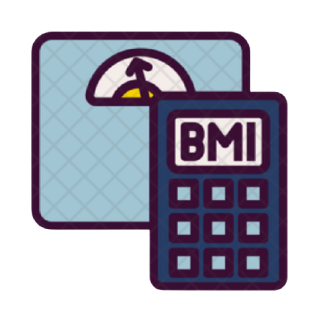
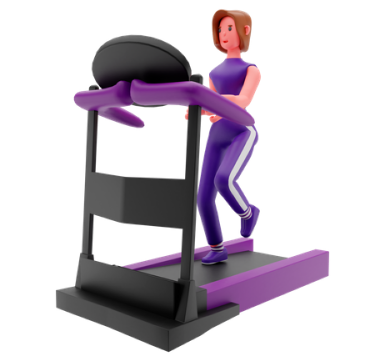
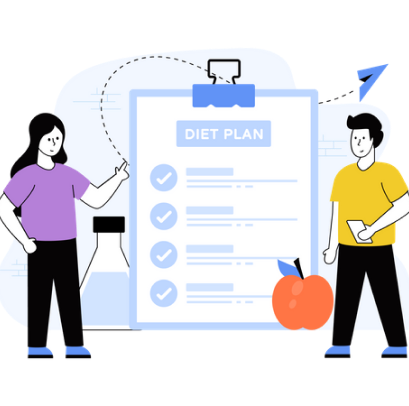
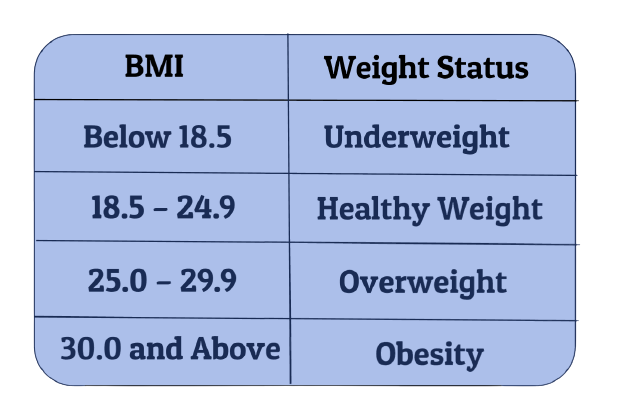


 Muscle
Building
Fat Loss
Cardio
At Home
Muscle
Building
Fat Loss
Cardio
At Home
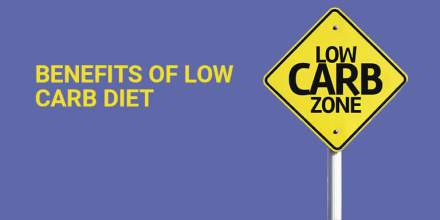
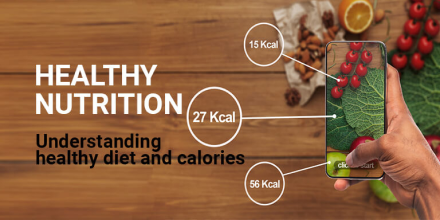
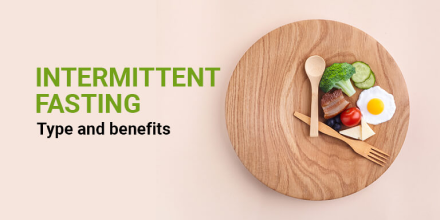

Benefits of Low Carb Diet
Health benefits of low-carb diet are very well established and well known to all of us. Not only does it improve our cholesterol, blood pressure and blood sugar,
but it also reduces the appetite and helps in weight loss. In this video, we will cover some of the most important benefits of a low-carb diet.
Low-carb diet reduces appetite
Hunger and food craving is the most common challenge we face while following a strict diet. It is also one of the main reasons why many people get fed up and
eventually give up dieting. However, eating low-carb food results in a reduction in appetite. This happens because low-carb diet makes us eat more of protein
and fat, and foods that are rich in protein and fat make us feel full for a longer duration.This leads to less hunger as well as lesser intake of calories.
Low-carb diet leads to weight loss
Cutting down carbs is one of the simplest and most effective ways to lose weight. Studies have shown that people on a low-carb diet lose more weight and faster
than those on low-fat diet. One of the main reasons behind it is that low-carb diet makes the body get rid of excess water and also lowers the insulin levels.
Both of these factors result in an efficient and faster weight loss.
Low-carb diet promotes good cholesterol (HDL)
High-density lipoprotein or HDL is often called “good cholesterol”. Higher the levels of HDL in comparison to “bad cholesterol” or LDL, lower is the risk of heart
disease. One of the best ways to increase good cholesterol or HDL is to eat healthy fat and a low-carb diets includes a lot of it.
Low-carb diet reduces blood sugar and insulin levels
Low-carb diet is particularly beneficial for people with diabetes and insulin resistance. Studies have proved that cutting down carbohydrates lowers both blood sugar
and insulin levels drastically. Many people with diabetes who begin a low-carb diet tend to reduce their insulin dosage by 50% almost immediately.
Low-carb diet reduces bad cholesterol (LDL)
Lastly, people who have high LDL or bad cholesterol are at a greater risk of suffering heart attack. However, the size of LDL molecules in blood is an important factor.
Smaller molecules put us at a higher risk of heart disease as compared to the larger molecules. Low-carb diet increases the size of “bad cholesterol” or LDL molecules
as well as reduces the total number of LDL particles in the bloodstream.

Healthy Diet and Calories
Diet is an eating pattern that supplies us the nutrients our body need to function properly. Without proper nutrition, the body gets more prone to diseases, disorders,
infections, fatigue and low performance.
What are calories?
Calorie in a food means the amount of energy stored in that food. The body uses calories from food to sustain, be it walking, thinking, breathing, and all the internal
body functions.
An average person needs about 2,000 calories every day to maintain weight, but a better judgement of recommended calorie intake is made basis the age, gender, and
physical activity level. Males tend to need more calories than females. Also, people who exercise need more calories than people who don’t. For balanced nutrition,
most of our daily calories should come from fresh fruits and vegetables, whole grains, legumes, nuts and lean proteins.
What to eat for a healthy diet?
A healthy and balanced diet should include multiple nutrients in appropriate quantities such as vitamins, minerals, and antioxidants. Carbohydrates, including
starch and fiber. Protein and healthy fat.
A balanced diet includes a variety of foods and these food are classified under different food groups, namely, fruits, vegetables, grains, dairy and protein foods such
as meat, eggs, fish, beans, nuts and legumes.
Foods to avoid on a healthy diet:
Certain foods either do not provide us any useful nutrients at all or their unhealthy calories far outweigh their nutritive benefits. Foods to avoid or limit on a
healthy diet include highly processed foods, refined grains, added sugar, red and processed meats, fast food, alcohol and trans fat.
Conclusion
The bottom line is, a varied and healthy diet usually contains plenty of fresh and whole foods, and limits the intake of processed foods. It not only helps in proper
development and functioning of the body but also prevents the risk of developing diseases.
Intermittent Fasting – Types and Benefits
Intermittent fasting is an eating pattern that cycles between periods of fasting and eating. The most common intermittent fasting method involves a daily 16-hour
fast, divided into intervals.
Intermittent fasting methods
There are different ways of intermittent fasting. What’s common between them is that all of them involve splitting the day or week into intervals of eating and
fasting.
During the fasting intervals, we can sometimes eat but very little, in case of hunger becomes uncontrollable. By reducing our calorie intake, all of these
methods aid in weight loss. However, we must ensure not to overeat during the eating period to compensate for the hunger felt during the fasting period.
16/8 Method
In this method, we need to skip breakfast and restrict all our meals within an 8 hour period. For example, between 1p.m to 9p.m. In the remaining part of
the day, which is of 16 hours, we have to fast.
Eat-Stop-Eat Method
This method involves fasting for 24 hours, once or twice a week. Fasting is observed from previous day’s dinner to the next day’s dinner.
5:2 Method
In this method, we consume only 500–600 calories on 2 non-consecutive days of the week and eat normally on the other 5 days.
Powerful weight loss tool
Weight loss is the most common reason behind people attempting intermittent fasting. Eating fewer meals leads to an automatic reduction in calorie intake.
Intermittent fasting also causes changes in hormone levels. Together, these 2 aspects lead to weight loss.
Health benefits of intermittent fasting
There are many health benefits of intermittent fasting. It can help us lose weight and belly fat without having to consciously restrict our calories. Intermittent
fasting can also reduce insulin resistance which leads to lowering of blood sugar which in turn can prevent the risk of Type 2 diabetes. Intermittent fasting may
also prevent risk of heart diseases by reducing bad cholesterol (LDL), blood triglycerides, blood sugar and insulin resistance. Intermittent fasting also promotes
brain health and prevents the risk of Alzheimer’s disease


 1.png)
 1 (2).png)